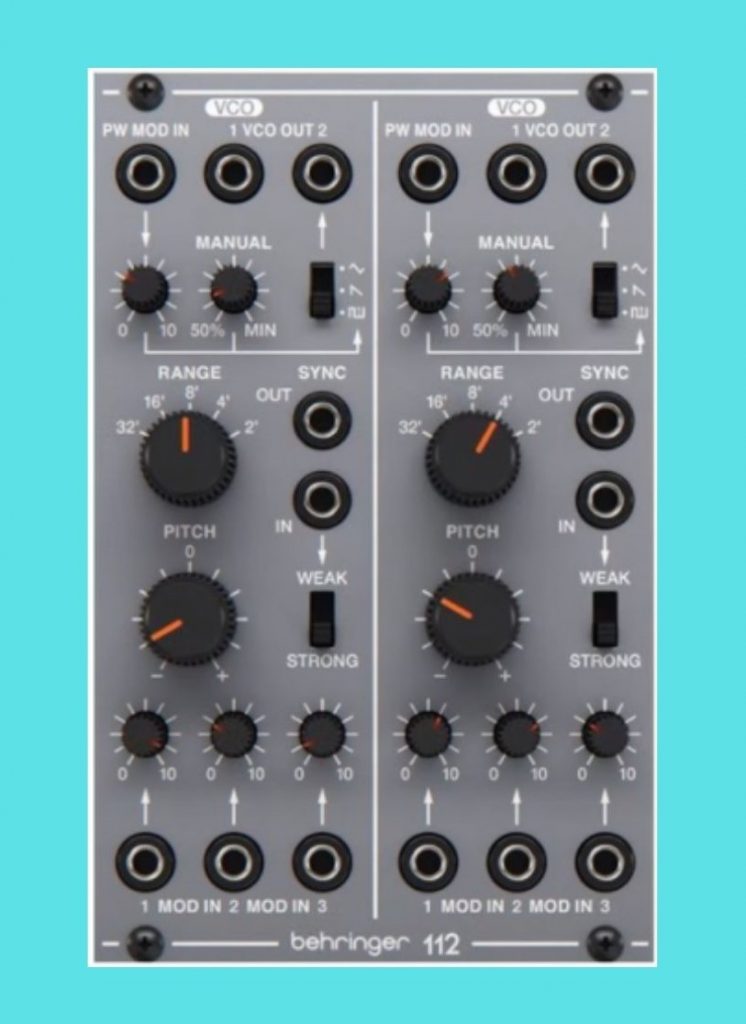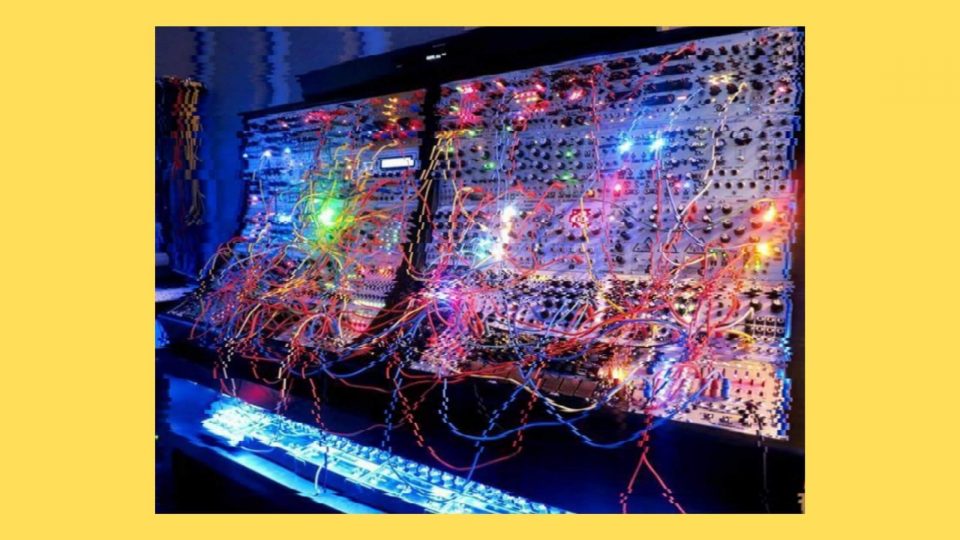Define Synthesis: How Does Modular Synthesis Work?
How Does a Modular Synth Work?
Okay homies, it’s modular talk!
Before, we’ve covered FM synthesis, additive & subtractive, AM synthesis, and others that you can find here.
Modular synthesis operates in the same way that these techniques do, but rather than having all synth components in one neat place… envelopes, filters, oscillators and so much more have their own module unit. Essentially, each module is a building block for something bigger.
If you want interesting soundscapes that can be achieved by modular synthesis but don’t want to spend the time to make them, then we advise taking a dive into the Mixxed content library!
Define Synthesis Series
How Do Synthesizers Work?
How Does Subtractive Synthesis Work?
How Does Additive Synthesis Work?
How Does FM Synthesis Work?
How Does Wavetable Synthesis Work?
How Does Vector Synthesis Work?
How Does AM Synthesis Work?
How Does Modular Synthesis Work?
How Does Granular Synthesis?
How Does Sample Based Synthesis Work?
How Does Spectral Synthesis Work?
How Do Vocoders Work?
What is a Modular Synth?
Modular synthesizers are made up of individual components, known as modules, that each serves a different purpose.
Modular Synthesis Basics
All modules can be connected together by patch cables. When multiple modules are connected together, they become a patch. Some connections will sound good together and some won’t, which is why modular synthesis is so fun to experiment with!
An important distinction between analogue & digital modules is that analogue modules are controlled by control voltages (CV). Module outputs include audio signals, control voltages, or digital signals for metrics like time.
The most common modules are ones you’d find in your softsynth – things like LFOs, oscillators, envelopes, etc.
So, there are VCO modules that generate sound (voltage controlled oscillators), modules for morphing sounds such as VCF (voltage controlled filters), and modules for changing sound behaviour over time like VCAs (voltage controlled amplifiers), otherwise known as EG (envelope generators).
Since envelopes can be used, they follow the same ASDR principle of any other synth method we’ve discussed before.
Here’s the plot twist.
There are many modules that are dedicated to special tasks.
Modular Units
Behringer System 100 112 Dual VCO

A versatile Eurorack module that features 2 oscillators.
The Behringer System 100 112 Dual VCO is a strong example of a compact module that is the perfect foundation for sound design.
Each oscillator has pitch and range control, while also housing two audio outputs and three CV inputs. Honestly, the possibilities are endless with this technique of sound design. Expensive, but worth it.
Basslines? Pads? Atmosphere? Get yourself some external FX modules and you’re onto a winner!

The Morphagene is a very interesting module.
You can use this whippersnapper to jumble recorded audio and jumble it until your heart is content.
You can manipulate playback speed and direction, granularize, layer or stagger sound.
We don’t want to turn this into a product review, we just wanted to show you that the sky is not the limit with modular synthesis – the only limit is how far you can push your sound.
Modular Synthesis Explained
As we said, analogue modules are operated by control voltage. If you connected a patch cable to the CV output of a keyboard or sequencer to the CV input of VCO (oscillator), the control voltage fluctuates when keys are pressed. This enables the receiving VCO to change the pitch simultaneously.
The same would be done by the sequencer, which controls the VCO with predetermined rhythmic patterns.
There are two types of control voltages that act a little differently, though. These are called “gate” & “trigger” voltages. These control voltages are used to switch certain events, rather than result in continuous parameter changes.
A gate signal manipulates the time duration of an event. For example, the length of time you press a key on your keyboard will switch a certain parameter.
A trigger signal always has the same duration and only triggers an event once, but it doesn’t affect the course of the event. Referred to as ‘triggering’, a trigger signal is used to begin or terminate a CV connected module signal such as a sequencer. The affected module will simply start and stop based on this trigger signal.

What are Eurorack Modules?
So, the technical bits are covered. But aren’t you wondering how the different modules come together? What if you buy two modules that don’t fit into your rack?
Well, don’t you worry. Dieter Doepfer has you covered.
In the 1990’s, Doepfer created Eurorack as a kind of regulation for modules. The idea was to ensure consumers could be confident that their modules, racks and cases would fit together in their rack if they bought from different manufacturers.
Modules with the Eurorack label on the tin all share the exact same height of 128.5mm/5.06″, but do have varying widths. The widths didn’t go unnoticed, though.
“HP,” which stands for Horizontal Pitch, is the unit of measurement for module width. 1HP = 5.08mm/0.2″.
But it does go a little deeper!
The module mounting method is the same for all modules, as well as the method for power distribution to individual units through a standardized ribbon cable.
3.5mm tip/sleeve (TS) patch cables are used for audio, control, and synchronization connections, and parameter control via control voltages was made universal.
